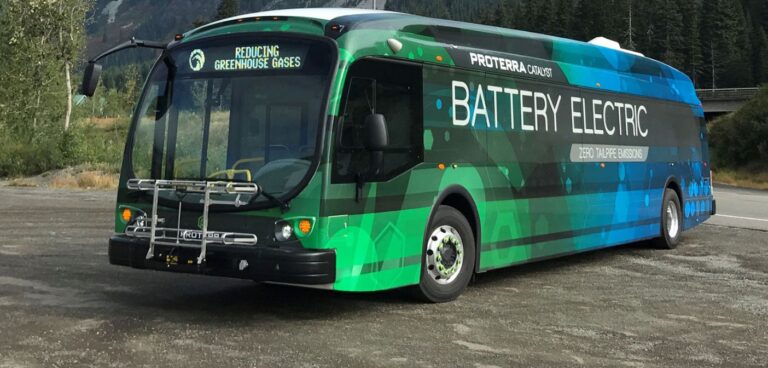This week the US government released the U.S. National Blueprint for Transportation Decarbonization, which outlines its strategy for cutting all greenhouse gas emissions from the transport sector by 2050.
The document was developed by the Departments of Energy, Transportation, Housing and Urban Development and the Environmental Protection Agency (EPA).
The publication also builds on current US president Joe Biden’s Bipartisan Infrastructure Law and Inflation Reduction Act, which marked an investment in developing a more sustainable transportation system across the country.
According to the US Department of Transport (DOT), the strategy will be followed by more detailed decarbonisation action plans, to be developed and implemented by the mentioned agencies in cooperation with governments at the state, local, and tribal level, charities, the private sector and other global partners.
“The domestic transportation sector presents an enormous opportunity to drastically reduce emissions that accelerate climate change and reduce harmful pollution,” said Jennifer M. Granholm, US secretary of energy.
“DOE is prepared to implement this Blueprint alongside our partners within the Biden-Harris Administration to ensure all Americans feel the benefits of the clean transportation transition: good-paying manufacturing jobs, better air quality, and lower transportation costs.”
“Transportation policy is inseparable from housing and energy policy, and transportation accounts for a major share of US greenhouse gas emissions, so we must work together in an integrated way to confront the climate crisis,” said Pete Buttigieg, US secretary of transportation.
“Every decision about transportation is also an opportunity to build a cleaner, healthier, more prosperous future.
“When our air is cleaner; when more people can get good-paying jobs; when everyone stays connected to the resources they need and the people they love, we are all better off.”
The transportation sector includes all modes of travel through land, air and sea to move people and goods, and represents a third of all domestic greenhouse gas emissions in the US.





